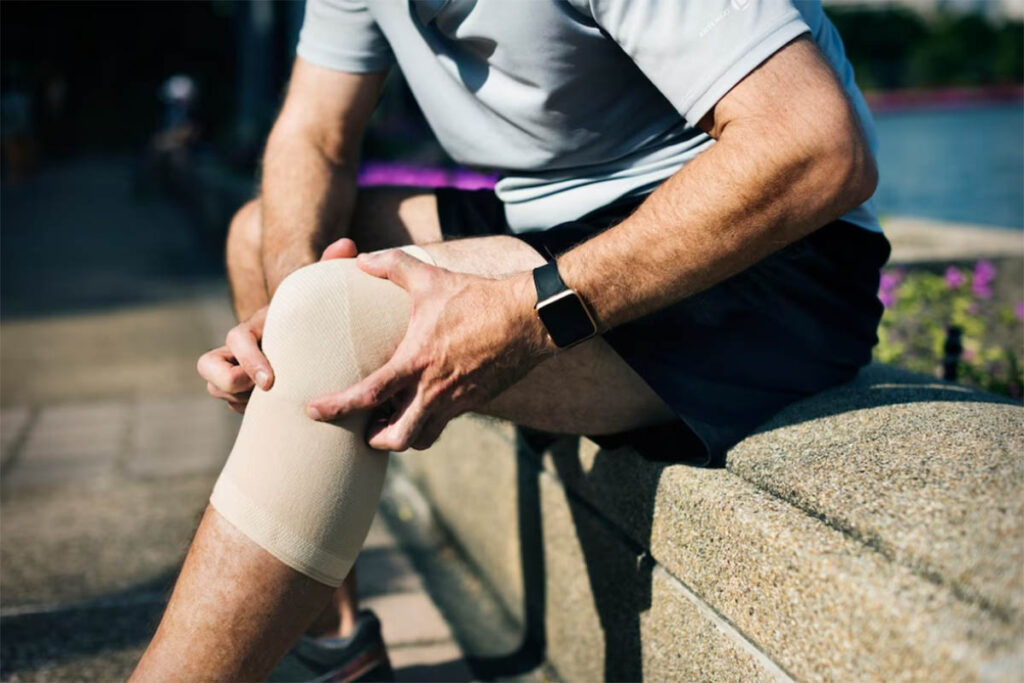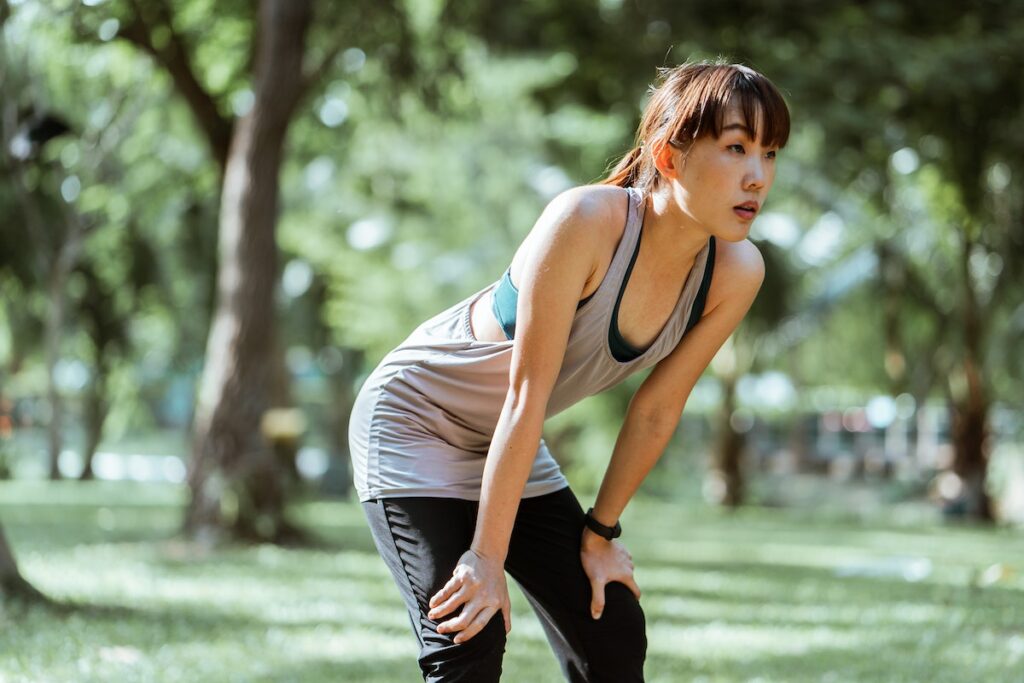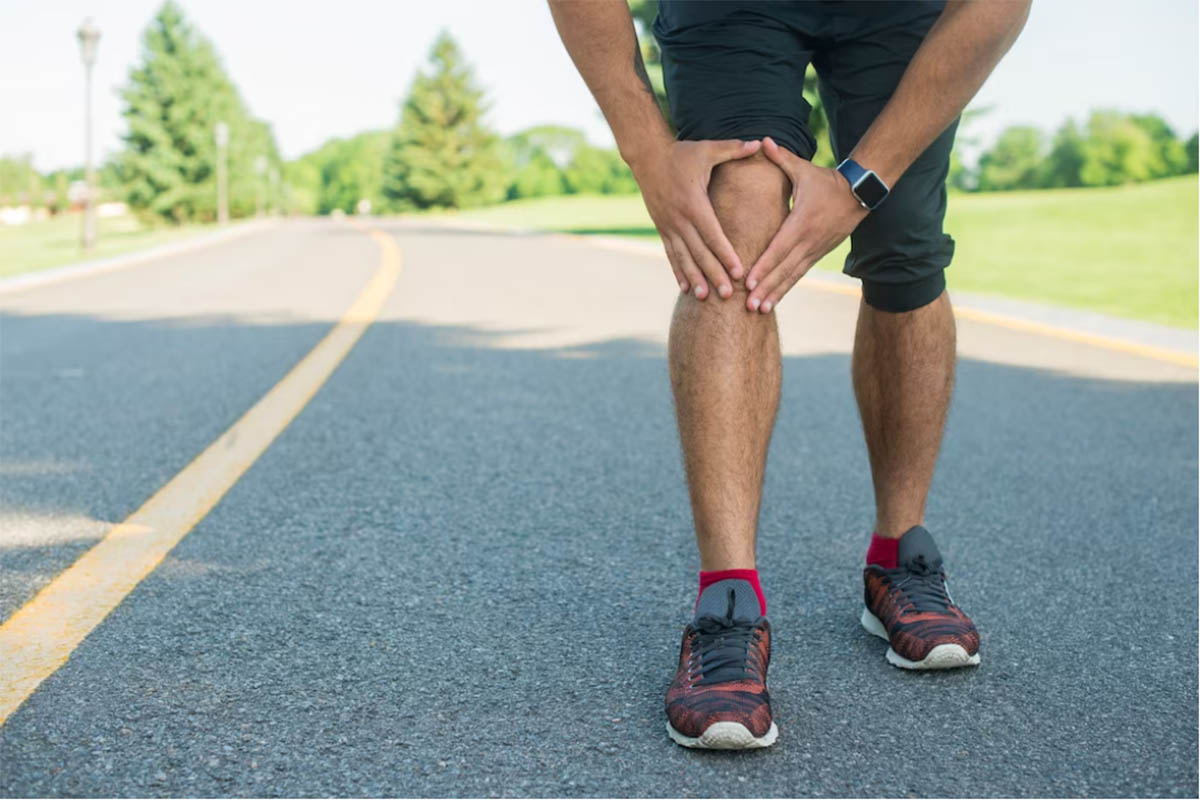Introduction
Knee cap pain, also known as patellofemoral pain, is a common orthopedic condition that affects people of all ages and activity levels. The knee cap, or patella, plays a crucial role in facilitating proper knee joint movement during walking, running, and other activities. However, due to various factors, the knee cap can become misaligned, inflamed, or irritated, leading to pain and discomfort. In this comprehensive article, we will explore the causes, symptoms, diagnosis, treatment options, and preventive measures for knee cap pain.
Section 1: Anatomy of the Knee Cap
The knee cap, or patella, is a small, triangular-shaped bone located in front of the knee joint. It acts as a protective shield for the knee joint and aids in the transmission of forces from the thigh muscles to the lower leg. The knee cap sits within the quadriceps tendon and glides along the femoral groove during knee movements.
Section 2: Common Causes of Knee Cap Pain
Knee cap pain can arise from a variety of factors, including:
- Patellofemoral Syndrome: A general term used to describe pain arising from imbalances or malalignment between the patella and femur.
- Patellar Tendinitis: Inflammation of the patellar tendon, which connects the patella to the shin bone (tibia).
- Chondromalacia Patella: Softening and degeneration of the cartilage under the patella, causing pain and grinding sensations during movement.
- Runner’s Knee: An overuse injury often caused by repetitive stress on the knee, common in runners and athletes.
- Patellar Dislocation: When the patella comes out of its normal position, causing sudden and severe pain.
- Osteoarthritis: Degeneration of the knee joint cartilage, leading to pain and stiffness.
- Patella Fracture: A broken knee cap, usually resulting from a direct impact or fall.
- Bursitis: Inflammation of the bursa, fluid-filled sacs that cushion the knee joint.
- Alignment Issues: Abnormalities in lower limb alignment, such as knock knees or flat feet, can contribute to knee cap pain.
Section 3: Symptoms of Knee Cap Pain

Knee cap pain may present with the following symptoms:
- Anterior Knee Pain: Pain at the front of the knee, often around or behind the knee cap.
- Pain with Activities: Pain worsens during activities that involve bending the knee, such as climbing stairs, squatting, or running.
- Grinding Sensation: Some individuals may experience a grinding or popping sensation during knee movements.
- Swelling and Inflammation: The knee area may appear swollen, warm, and tender to touch.
- Stiffness and Limited Range of Motion: The knee may feel stiff, and there might be a reduced range of motion during movement.
- Instability: A feeling that the knee cap is “giving way” or not stable during weight-bearing activities.
Section 4: Diagnosing Knee Cap Pain
Diagnosing the cause of knee cap pain involves a comprehensive evaluation, including:
- Medical History: The healthcare provider will inquire about the patient’s symptoms, medical history, and any recent injuries or activities that may have contributed to the pain.
- Physical Examination: A thorough examination of the knee, checking for signs of swelling, tenderness, alignment issues, and range of motion.
- Imaging Studies: X-rays, MRI, or CT scans may be conducted to visualize the knee joint’s internal structures and detect any abnormalities or injuries.
- Functional Assessments: Evaluating the patient’s gait, alignment, and muscle strength to identify any underlying biomechanical issues.
- Arthroscopy: In some cases, a minimally invasive procedure called arthroscopy may be performed to directly visualize the knee joint’s internal structures.
Section 5: Treatment Options for Knee Cap Pain

The treatment for knee cap pain depends on the underlying cause and severity of the symptoms. Common treatment options include:
- Rest and Activity Modification: Adequate rest and avoiding activities that exacerbate the pain.
- Physical Therapy: Targeted exercises and stretches to strengthen the quadriceps and surrounding muscles, improve flexibility, and correct alignment issues.
- Orthotics and Bracing: Custom orthotics or knee braces may be used to provide support and alleviate pressure on the knee joint.
- Pain Medication: Over-the-counter pain relievers or prescription medications may be used to manage pain and inflammation.
- RICE Therapy: Rest, Ice, Compression, and Elevation can help reduce swelling and pain.
- Injections: Corticosteroid injections or viscosupplementation may be used to reduce inflammation and lubricate the knee joint.
- Surgical Intervention: In severe cases or when conservative treatments fail, surgery may be necessary to address structural issues or realign the patella.
Section 6: Preventive Measures for Knee Cap Pain
Preventing knee cap pain involves adopting healthy habits and practices:
- Strengthening Exercises: Engage in regular exercises that target the quadriceps and hip muscles to provide better knee joint stability.
- Proper Footwear: Wear supportive footwear that helps maintain proper alignment during activities.
- Warm-up and Cool-down: Always warm up before engaging in physical activities and cool down afterward to prevent muscle strain.
- Correct Technique: Use proper techniques when performing exercises or activities to minimize stress on the knee joint.
- Cross-training: Vary activities to avoid overuse injuries and give the knee ample time to recover.
- Weight Management: Maintain a healthy weight to reduce the load on the knee joint during weight-bearing activities.
Conclusion
Knee cap pain is a common and treatable condition that can significantly impact an individual’s daily activities and quality of life. Understanding the potential causes, symptoms, treatment options, and preventive measures for knee cap pain is crucial for promoting knee health and overall well-being. Regular exercise, proper alignment, and early intervention for knee pain can help prevent the progression of the condition and improve long-term outcomes. If knee cap pain persists or worsens, seeking timely medical evaluation is essential for identifying the underlying cause and ensuring appropriate treatment. By adopting healthy habits and seeking timely medical attention when needed, individuals can maintain strong, pain-free knees and continue to enjoy an active and fulfilling lifestyle.



